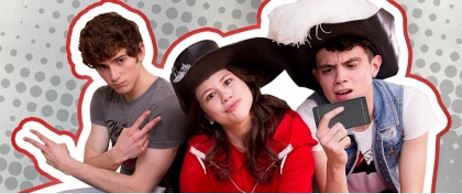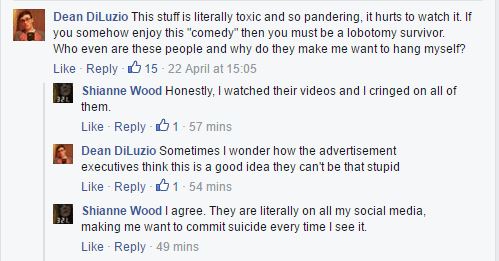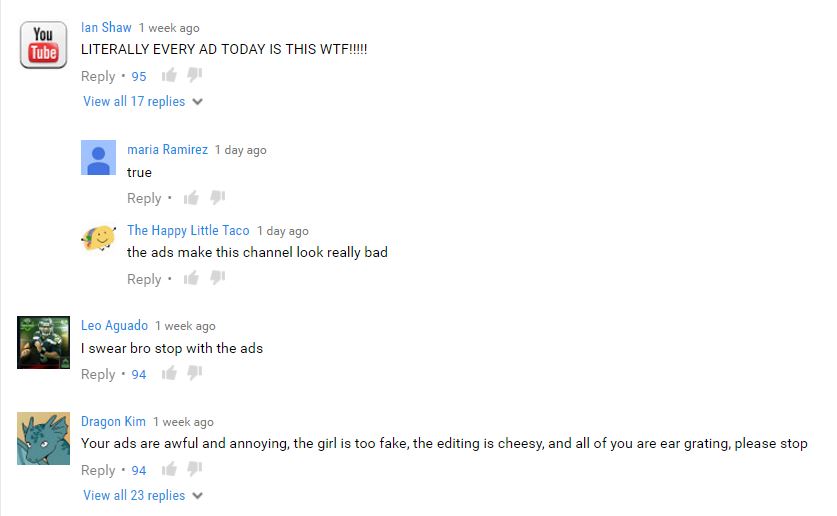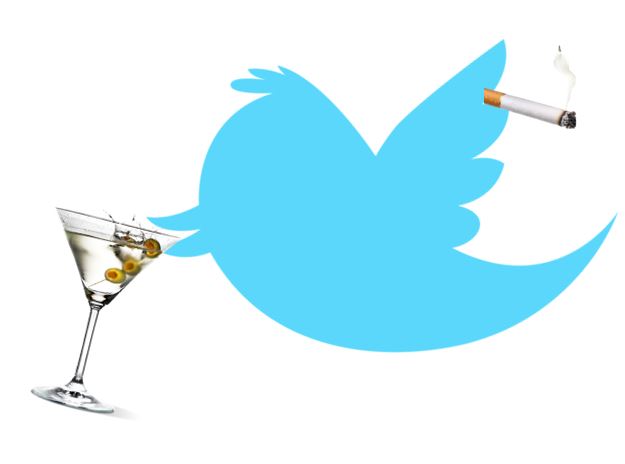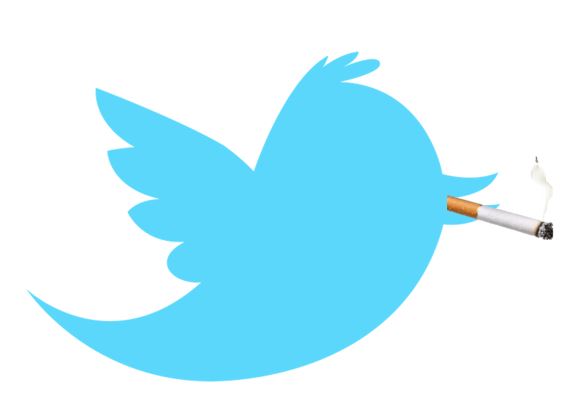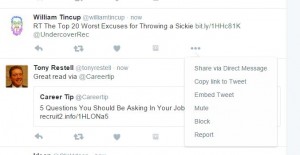I think we can all agree at this point that for almost every brand, company, product or service, content marketing makes sense. It particularly makes sense for B2B and SMB companies, who are often working with limited budgets, highly specific target markets, and a need to educate their targets on their services or the specific problems they solve.
But then the big question becomes: Exactly what kind of content marketing should you focus on?
The subhead on this infographic says “Marketers aren’t creating the content their audience actually wants.” Since when have any consumers anywhere actually said, “Oh yes, that content created by Acme Inc was exactly what I was looking for! It was just perfect.”? They never say that. No one wants to admit they actually liked anything with the word ‘marketing’ in the title. So let’s just approach every data point (or ‘datum’ for purists) with a healthy dose of scepticism, and dig a little deeper into what this infographic is telling us.
People are more likely to read long-form content more thoroughly than blogs?
Well, sure. Sometimes blogs are just some random infographic with an introductory paragraph, or a link to a corporate video, or a picture of someone’s breakfast table. You can’t consume a picture of a breakfast table ‘thoroughly’. Long-form articles are, by definition, the kind of thing you either commit to reading or just skip over entirely.
Does this mean that you should start getting your office intern to write 2500-word articles on your corporate philosophy and post them on your blog? No. A ‘skimmed’ blog can be just as effective as a ‘thoroughly-read’ one, depending on the context.
45% of people want to see more ‘social posts’?
I’m not even sure what this means. If your target audience is teenagers and your product is makeup, then yes, more social posts are a great idea – nothing keeps your brand top-of-mind better than an endless stream of attractive Instagram and Snapchat posts. If, on the other hand, you’re selling waste-to-energy technology to foreign governments, then I’m 100% certain that adding more posts to your Facebook page isn’t going to move the needle.
43% want more video content?
Of course they do. Because, when you ask people a direct question, they assume that it’s going to be more fun to watch catvertising than to read your blog. But that doesn’t mean they want to watch a series of 7-minute videos in which your CEO discusses your corporate philosophy and Commitment to Customer Service. You’ll get more hits if he blogs pictures of his breakfast table every day.
They’re right about diversifying your content channels
It’s the same old story: For marketing to be successful, it has to reach the right people at the right time in the right place. And these days, people aren’t all in one place all the time. They’re consuming content on phones, iPads, laptops, desktops – and they’re still consuming content via traditional channels like tv, radio and print, even though everyone keeps forgetting that. A content marketing strategy that relies entirely on blog posts on your corporate website just isn’t going to give you the reach you need.
Anyway, as usual I’m in danger of veering off-topic (into a discussion of how getting the channel mix just right can mean that every marketing dollar works like $5) here, so I’ll simply encourage you to take a look at the infographic below and give some thought to how your content marketing strategy will look in 2017.



